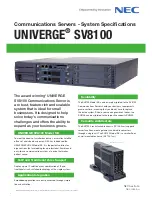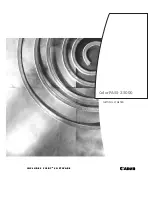
Overview of the Diagnostic Tools
The Diagnostic Diskette also contains utility programs, such as
an ASCII text editor and a diskette format program.
Error Messages
Error messages indicate that a problem exists; they are not intended
to be used to identify a failing part. Troubleshooting and servicing
of complex problems indicated by error messages should be
performed by a trained service technician. Hardware error
messages that appear on the screen can be text, numeric, or both.
Messages generated by your software—the operating system or
application programs—generally are text messages, but they also
can be numeric. Basically, there are four types of error messages.
These include POST error messages, diagnostic error messages,
POST beep codes, and software-generated messages.
POST Error Messages
POST error messages appear when, during startup, POST finds
problems with the hardware or detects a change in the hardware
configuration. A list of these error messages is given in “POST
Error Message Table” on page 227.
POST Beep Codes
POST beep codes are sounds emitted from the speaker, if POST
finds a problem. One beep indicates the POST completed
successfully. If the server halts while running POST, one or more
beeps indicate that a problem was found by the POST. A list of the
beep error codes is given in “Beep Codes” on page 239.
Diagnostic Error Messages
Diagnostic error messages appear when a test program finds a
problem with a hardware option. Normally, these messages are
text, but they can be numeric. The test programs will generate one
of the following return codes:
0
A return code of “0” indicates that the device
passed its test.
1
A return code of “1” indicates that the device
failed its test.
Chapter 4. Solving Problems
213
















































